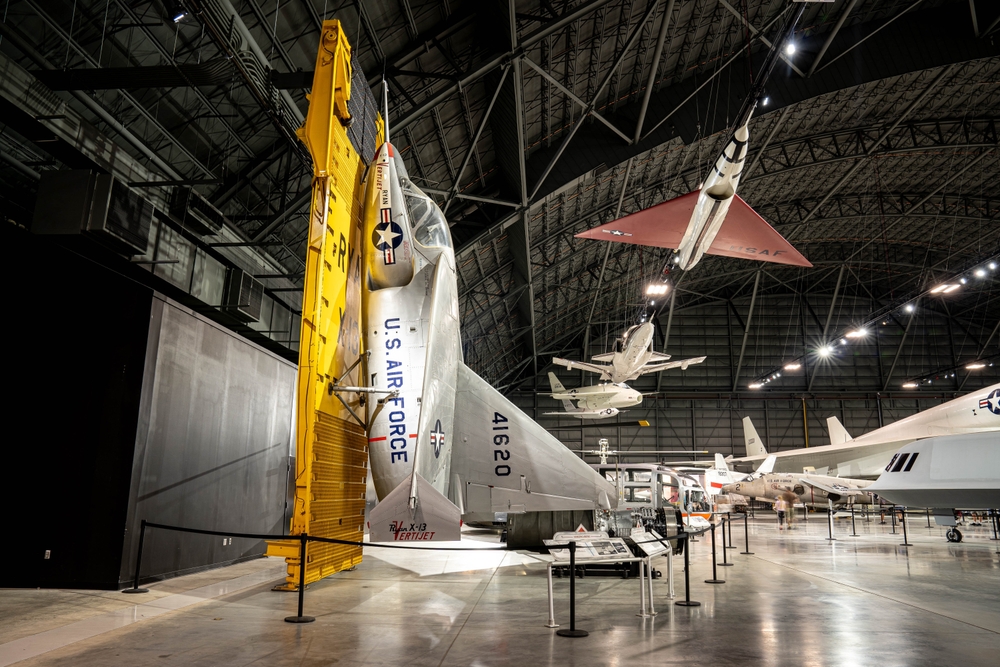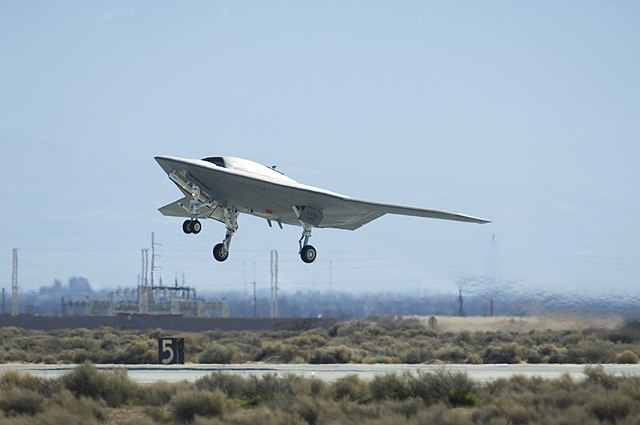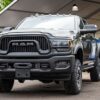Experimental planes have long been at the forefront of aviation innovation, pushing the boundaries of what was once thought possible in terms of speed, aerodynamics, and technological sophistication. Designed to test theories and explore new heights, these aircraft serve as testbeds for ideas that may someday shape commercial, military, and space travel. From breaking the sound barrier to investigating the feasibility of vertical takeoff and landing, these planes are built not for long service but for groundbreaking research. Each test flight provides valuable data, sparking advancements that help engineers refine flight technology and redefine what aircraft can achieve.
The stories behind these planes reveal the bold risks and ambitious engineering that characterize experimental aviation. They come from a range of eras and purposes, some aiming to soar faster than ever, while others focus on new materials or autonomous operations. While not every experimental plane achieves its goals, each contributes a vital piece to the puzzle of modern flight. These planes pushed the boundaries of physics and engineering, providing crucial insights that shape the aircraft we rely on today, and in doing so, they cemented their place in the history of aviation innovation.
Contents
Douglas X-3 Stiletto

The Douglas X-3 Stiletto was an experimental jet that pioneered the exploration of supersonic speeds with its distinctive needle-like design. Built in the early 1950s, the X-3 was created to investigate the feasibility of sustained supersonic flight and test the limits of aerodynamics at high speeds. Although it was ultimately limited by its underpowered engines, the X-3’s extreme design pushed researchers to explore new materials and construction techniques. Despite its challenges, the plane’s slender shape and sleek wings influenced future designs, informing aircraft that require minimal drag and high-speed maneuverability. While it never reached its intended Mach 2 speed, the X-3’s contributions to high-speed flight mechanics and structural analysis were invaluable.
Bell X-1

The Bell X-1 holds a special place in aviation history as the first aircraft to break the sound barrier in level flight. Piloted by Chuck Yeager in 1947, the rocket-powered X-1 pushed the boundaries of what was previously thought possible, achieving Mach 1.06 and paving the way for future supersonic research. Its bullet-shaped design was inspired by .50 caliber bullets, which engineers discovered were naturally aerodynamic at high speeds. The X-1’s success demonstrated that controlled supersonic flight was achievable and safe, dispelling myths about “sonic booms” and atmospheric instability. This breakthrough led to decades of research into supersonic and hypersonic speeds, profoundly influencing military and commercial aviation.
Boeing X-32

The Boeing X-32 was a prototype jet developed to compete in the U.S. Department of Defense’s Joint Strike Fighter (JSF) program, a competition that ultimately selected the Lockheed Martin X-35. Despite its unconventional design and losing the competition, the X-32 was a highly influential experimental aircraft that pushed the limits of stealth, fuel efficiency, and adaptability. Its wide, delta-wing configuration and forward-swept air intake were designed for exceptional maneuverability and radar avoidance. Although it was never adopted, the X-32’s development highlighted the complexities of multirole aircraft and greatly informed future design processes for versatile fighter jets.
Grumman X-29

The Grumman X-29 was a radical experiment in aerodynamics, utilizing forward-swept wings to explore the effects of advanced stability and control at high speeds. First flown in the 1980s, the X-29 employed composite materials to counteract the natural instability of forward-swept wings. This instability, however, allowed for improved maneuverability at high angles of attack, making it an invaluable research platform for military flight controls and aerodynamic design. The X-29’s innovative design demonstrated the potential for forward-swept wings to enhance aircraft agility, influencing later concepts in advanced fighter jets and unmanned aerial vehicles.
Ryan X-13 Vertijet

The Ryan X-13 Vertijet was a remarkable attempt to create a jet-powered vertical takeoff and landing (VTOL) aircraft in the 1950s. The aircraft was designed to demonstrate that a fighter jet could take off and land vertically in confined spaces without a runway, an idea that was especially valuable for military operations. The X-13 successfully achieved vertical takeoff, transition to horizontal flight, and vertical landing, proving the feasibility of VTOL jet technology. While it didn’t enter production, the X-13 laid the groundwork for later VTOL aircraft, such as the Harrier and F-35B, by showing the benefits and challenges of vertical flight capabilities.
Lockheed Martin X-59 QueSST

The X-59 QueSST is a NASA-led experimental plane developed to explore “quiet” supersonic flight, aiming to eliminate the disruptive sonic boom associated with breaking the sound barrier. Using a unique nose design and state-of-the-art materials, the X-59 minimizes shockwaves that cause sonic booms, instead producing a softer “sonic thump.” This groundbreaking innovation could pave the way for supersonic commercial travel over land, which has been restricted due to noise regulations. The X-59’s research may change the future of supersonic flight, bringing about quieter, faster commercial travel that would revolutionize air transport.
North American X-15

The North American X-15 remains one of the most ambitious experimental aircraft, setting records for altitude and speed that remain impressive even today. Built in the 1960s, this rocket-powered plane reached speeds of Mach 6.7 and altitudes of 67 miles, nearing the edge of space. The X-15’s flight data provided critical insights into hypersonic aerodynamics, thermal protection, and pilot physiology in near-space conditions. As one of the first aircraft to operate in both atmospheric and near-space environments, the X-15 was pivotal for developing spacecraft, laying the groundwork for the space shuttle program, and advancing our understanding of high-altitude flight.
McDonnell Douglas X-36

The McDonnell Douglas X-36 was an experimental aircraft that explored tailless flight control for increased agility and stealth. Built as a scaled-down, remotely piloted jet, the X-36 tested a combination of canards and thrust vectoring to control pitch, roll, and yaw. Without a traditional tail, the X-36 demonstrated that such configurations could achieve superior agility, making it more elusive to radar. Though the X-36 didn’t enter production, its innovative design informed future stealth and UAV technologies, proving that tailless aircraft can maintain stability and control at high speeds.
Northrop Grumman X-47B

The X-47B was an unmanned combat air vehicle developed to test the feasibility of autonomous operations from aircraft carriers. First flown in 2011, the X-47B demonstrated autonomous takeoff, landing, and aerial refueling, a feat that pushed the boundaries of unmanned aerial vehicle (UAV) capabilities. This groundbreaking aircraft showed that drones could operate safely and effectively in challenging environments like aircraft carriers, influencing future UAV designs for the Navy and beyond. The X-47B’s success has helped shape modern military tactics, particularly in carrier-based autonomous operations, and proved the viability of drones in complex mission profiles.
Boeing X-37B

The X-37B is an orbital test vehicle operated by the U.S. Air Force, designed for long-duration, reusable spaceflight. Resembling a miniature space shuttle, the X-37B can autonomously re-enter Earth’s atmosphere and land, allowing for versatile research in space-based technologies. Capable of spending over 700 days in orbit, it has provided critical insights into reusable spacecraft, as well as testing new navigation and thermal protection systems. The X-37B’s covert missions and extended time in space make it a valuable asset for military and research purposes, pushing the limits of autonomous, reusable spaceflight.
This article originally appeared on MyCarMakesNoise.
More from MyCarMakesNoise
25 Groundbreaking EVs That Revolutionized Sustainable Driving

Electric vehicles (EVs) have revolutionized the way we think about transportation, offering a greener alternative to traditional gas-powered cars. In this article, we explore 25 EVs that have paved the way for sustainable driving. Read More.
20 High-Speed Trains Revolutionizing Global Transit

Discover the world’s fastest trains that redefine travel as we know it. From cutting-edge technology to breathtaking speeds, these marvels of engineering are revolutionizing transportation. Read More.
20 Must-See Luxury Yachts for the Ultimate Seafaring Journey

Embarking on a seafaring adventure aboard a luxury yacht is the epitome of elegance and relaxation. Whether you’re seeking serene ocean escapes or thrilling voyages, these top 20 luxury yachts offer unparalleled comfort, cutting-edge design, and world-class amenities. Read More.














